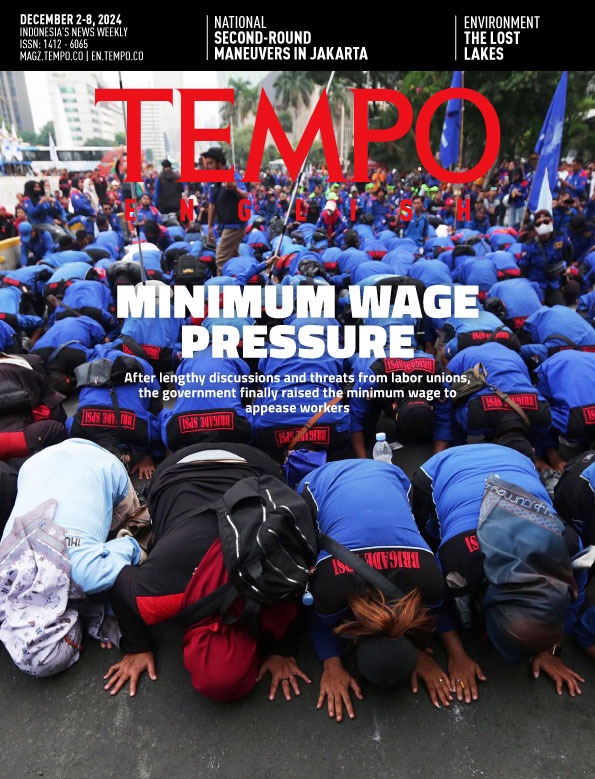The Threat of a Sharp Rise in Unhedged External Debt
Tuesday, December 16, 2014
Anton Hendranata*
For the last five years (Chart 1), Indonesia's private external or foreign currency debt has quietly more than doubled to US$159 billion as of September 2014 from US$74 billion in 2009. In fact, private debt has now exceeded public debt, accounting for 55 percent of total external debt. This is worrying as only 13.6 percent of the private external debt was hedged (covered against any exchange rate fluctuations). So should there be a sudden currency depreciation, those corporations carrying these foreign currency debts could be vulnerable to defaulting on these loans. And depending on the severity of the currency depreciation it could spread and deteriorate further into a financial crisis.
This is one reason why Bank Indonesia (BI) recently came up with regulations requiring companies with foreign currency debt to hedge their position, maintain a certain foreign currency liquidity position and keep an acceptable minimum credit rating.
arsip tempo : 173506619944.

Anton Hendranata*
For the last five years (Chart 1), Indonesia's private external or foreign currency debt has quietly more than doubled to US$159 billion as of September 2014 from US$74 billion in 2009. In fact, private debt has now exceeded public debt, accounting for 55 percent of total external debt. This is worrying as only 13.6 percent of the private external debt was hedged (covered against any exchange rate fluctuations). So should there
...
Subscribe to continue reading.
We craft news with stories.
 For the benefits of subscribing to Digital Tempo, See More
For the benefits of subscribing to Digital Tempo, See More








